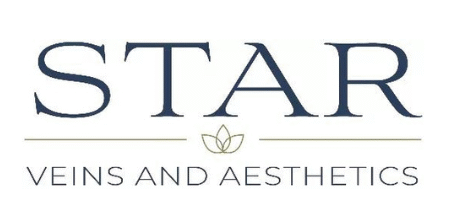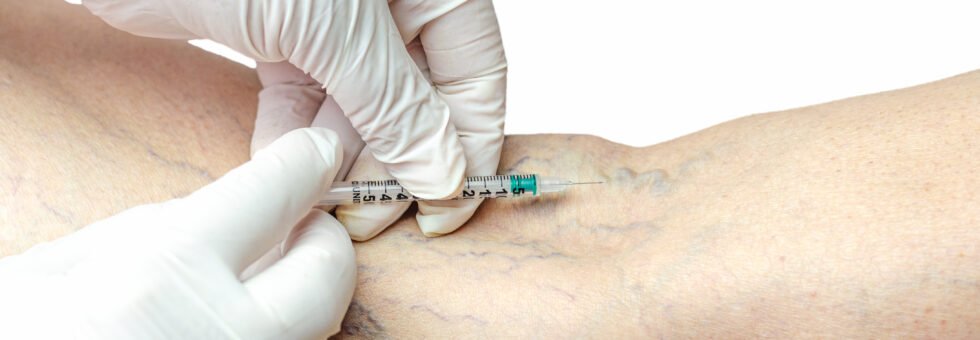Is Sclerotherapy Better Than Surgery?
In the realm of medical treatments for varicose and spider veins, patients often find themselves at a crossroads: should they opt for sclerotherapy or surgery? Both treatments have their merits and drawbacks, and the choice often depends on individual circumstances and preferences. This blog aims to provide an in-depth comparison of sclerotherapy and surgery, helping you make an informed decision. We will also highlight the expertise of Dr. Gulshan Sethi, a renowned provider of sclerotherapy services in Long Island.
Understanding Varicose and Spider Veins
Before diving into the treatments, it’s crucial to understand what varicose and spider veins are. Varicose veins are swollen, twisted veins that are visible just under the surface of the skin, usually in the legs. They occur when the valves in the veins that help regulate blood flow become weak or damaged, leading to blood pooling in the veins.
Spider veins, on the other hand, are smaller, red, purple, and blue vessels that also twist and turn but are closer to the skin’s surface. While they are generally less severe than varicose veins, they can still cause discomfort and cosmetic concerns.
What is Sclerotherapy?
Sclerotherapy is a minimally invasive procedure used to treat varicose and spider veins. It involves the injection of a solution, usually a salt solution, directly into the vein. This solution irritates the lining of the blood vessel, causing it to collapse and stick together. Over time, the vessel turns into scar tissue and fades from view.
Dr. Gulshan Sethi, who provides sclerotherapy services in Long Island, has extensive experience in administering this treatment, ensuring patients receive the best care possible.
The Procedure: Sclerotherapy
- Consultation: The process begins with a thorough consultation to assess the patient’s condition and determine the appropriate treatment plan.
- Injection: During the procedure, a fine needle is used to inject the sclerosing solution into the targeted veins.
- Compression: After the injection, compression stockings are typically worn to help collapse the veins and promote healing.
- Follow-Up: Multiple sessions may be needed depending on the severity of the veins, and follow-up visits are essential to monitor progress.
Benefits of Sclerotherapy
- Minimally Invasive: Sclerotherapy is a non-surgical treatment, meaning no incisions or stitches are required.
- Quick Recovery: Most patients can return to their normal activities immediately after the procedure.
- Effective: It has a high success rate in eliminating varicose and spider veins.
- Cosmetic Improvement: Sclerotherapy can significantly improve the appearance of the treated area.
What is Surgery for Varicose Veins?
Surgical treatments for varicose veins include procedures like vein stripping and ligation, ambulatory phlebectomy, and endovenous laser therapy (EVLT). These procedures are generally more invasive than sclerotherapy and are typically reserved for more severe cases.
The Procedure: Vein Surgery
- Pre-Surgery Consultation: A detailed assessment is conducted to determine the best surgical approach.
- Anesthesia: Most surgical procedures require local or general anesthesia.
- Surgical Technique: The chosen surgical method is employed to remove or close off the problematic veins.
- Recovery: Post-operative care includes wearing compression stockings and avoiding strenuous activities for a few weeks.
Benefits of Surgery
- Effective for Large Varicose Veins: Surgery can effectively treat larger and more severe varicose veins.
- Long-Lasting Results: Surgical treatments often provide long-lasting results.
- Single Procedure: In many cases, only one surgical session is needed.
Drawbacks of Surgery
- Invasive: Surgical procedures are more invasive and involve incisions.
- Longer Recovery: Recovery time is generally longer compared to sclerotherapy.
- Risks and Complications: Surgery carries risks such as infection, scarring, and complications related to anesthesia.
Comparing Sclerotherapy and Surgery
Efficacy
Both sclerotherapy and surgery are effective in treating varicose and spider veins, but their efficacy can depend on the severity of the condition. Sclerotherapy is highly effective for smaller veins, while surgery is often necessary for larger, more severe varicose veins.
Recovery Time
Sclerotherapy offers a quicker recovery time, with most patients resuming normal activities immediately. Surgery, on the other hand, requires a longer recovery period, typically ranging from a few days to a few weeks.
Cost
Sclerotherapy is generally less expensive than surgery. However, the cost can add up if multiple sessions are required. Surgical procedures are usually more costly due to the complexity and the need for anesthesia and post-operative care.
Risks and Side Effects
Both treatments have potential risks and side effects. Sclerotherapy side effects are usually mild, such as bruising and swelling. Surgery carries more significant risks, including infection, scarring, and complications from anesthesia.
Suitability
Sclerotherapy is suitable for most patients with spider veins and small to medium varicose veins. Surgery is often reserved for patients with larger, more severe varicose veins that do not respond to less invasive treatments.
The Role of Dr. Gulshan Sethi in Sclerotherapy
Dr. Gulshan Sethi, a specialist in sclerotherapy services in Long Island, offers expertise and personalized care for patients seeking treatment for varicose and spider veins. With a focus on minimally invasive procedures, Dr. Sethi ensures that patients receive the most effective and safe treatment tailored to their specific needs.
Patients searching for “sclerotherapy near me” or “vein injection sclerotherapy” will find Dr. Sethi’s clinic to be a top choice, thanks to his extensive experience and commitment to patient care.
Conclusion
When deciding between sclerotherapy and surgery for the treatment of varicose and spider veins, it’s essential to consider factors such as the severity of the condition, recovery time, cost, and potential risks. Sclerotherapy, particularly when administered by an experienced professional like Dr. Gulshan Sethi in Long Island, offers a minimally invasive and effective solution for many patients. However, for those with more severe varicose veins, surgical options may provide the best long-term results.
Ultimately, the choice between sclerotherapy and surgery should be made in consultation with a qualified healthcare provider who can assess your specific situation and recommend the most appropriate treatment plan. By understanding the benefits and drawbacks of each option, you can make an informed decision that aligns with your health goals and lifestyle preferences.

